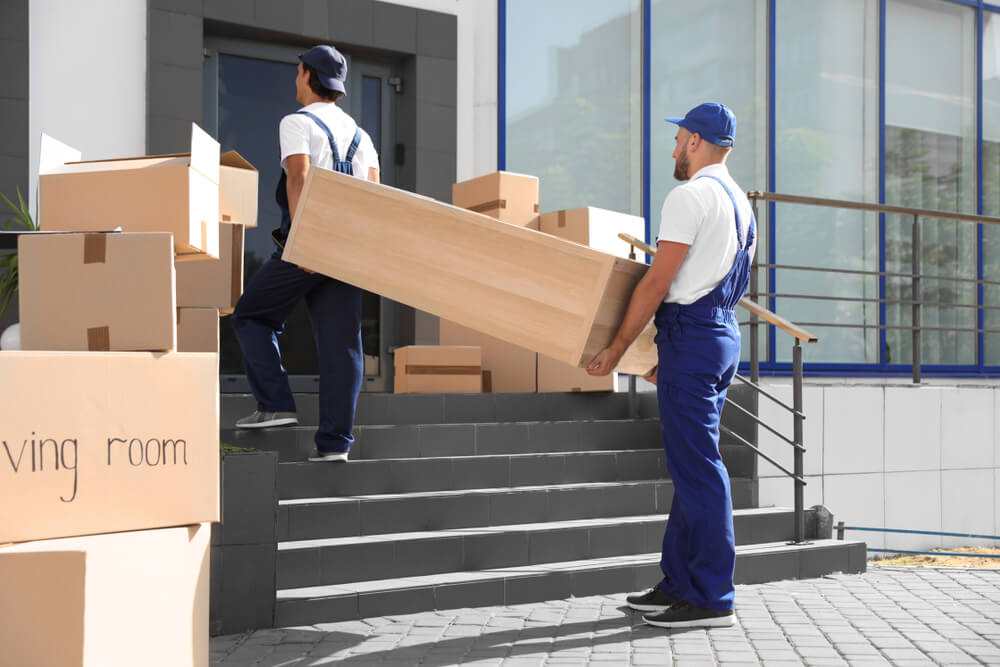Effective planning is the cornerstone of a successful long-distance move. Start by creating a detailed timeline that outlines key tasks leading up to your moving day. This includes researching and hiring a reputable moving company, organizing your belongings, and notifying relevant parties about your change of address. A well-structured plan helps in managing time efficiently and reduces last-minute stress. Embarking on a long-distance move can be both exciting and daunting. Whether you're relocating for a new job, family, or a fresh start, the process requires meticulous planning and organization. This cross country relocation guide aims to provide you with essential tips and insights to ensure a seamless transition to your new home.
Declutter and Downsize
Moving provides an excellent opportunity to declutter your home. Sort through your possessions and decide what to keep, donate, or discard. This not only simplifies the packing process but can also reduce moving costs. Consider organizing a garage sale or donating items to local charities. Before packing, take the opportunity to declutter your belongings. Assess each item and decide whether to keep, donate, sell, or discard it. Downsizing not only reduces the volume of items to move but also cuts down on moving costs. Remember, the less you have to pack, the smoother the process will be.
Choose the Right Moving Company
Selecting a trustworthy moving company is crucial. Research potential movers, read customer reviews, and verify their credentials. Ensure the company is licensed and insured to handle long-distance moves. Obtaining multiple quotes can help you find a service that fits your budget and needs. For instance, Orlando Movers FL offers comprehensive long-distance moving services, including packing, transportation, and storage solutions, ensuring your belongings are handled with care and professionalism.
Create an Inventory List
Maintaining a detailed inventory of your possessions helps keep track of your items during the move. List each item, note its condition, and consider taking photographs for reference. This documentation is invaluable for insurance purposes and provides peace of mind that all your belongings arrive safely at your new home.
Pack Strategically
Efficient packing can significantly ease the moving process. Use sturdy boxes and quality packing materials to protect your belongings. Label each box with its contents and the room it belongs to, facilitating easier unpacking. Additionally, prepare an essentials box containing items you'll need immediately upon arrival, such as toiletries, a change of clothes, and important documents.
Manage Important Documents
Keep all vital documents, including identification, medical records, and moving contracts, in a secure and easily accessible place. It's advisable to carry these documents with you during the move to prevent loss or damage.
Prepare for the First Night
After a long move, you'll want to settle in without rummaging through boxes. Pack a first-night kit with essentials like bedding, basic kitchenware, and personal items. This preparation ensures a comfortable first evening in your new home.
Utilize Trusted Resources
For additional guidance and tips on long-distance moving, consult reputable sources such as the Federal Motor Carrier Safety Administration (FMCSA). The FMCSA offers valuable information on your rights and responsibilities during a move, helping you make informed decisions and avoid potential pitfalls.
Stay Connected and Informed
Maintain open communication with your moving company throughout the process. Confirm details such as pickup and delivery times, and keep track of your shipment's progress. Staying informed helps in anticipating any potential issues and addressing them promptly.
Explore Your New Community
Once you've settled in, take time to explore your new surroundings. Engage with local community groups, discover nearby amenities, and familiarize yourself with the area. This proactive approach aids in easing the transition and building a sense of belonging.


